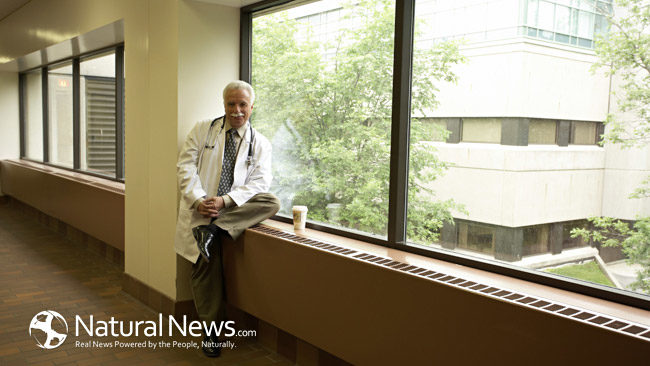Hospitals consist of lots of different types of staff, all of them tailored to the healthcare needs of their patients. For many, recognizing the different types of staff can be very confusing. A good number of the faculty will dart in and out of a patient’s stay at the hospital, all providing different services toward a successful treatment. Most will tend to you for a short duration before someone else takes over. But in this article, we’ll take a closer look at the different roles in the hospital and what part each of them plays in the larger picture of healthcare. The most common areas of expertise when it comes to healthcare can be categorized into four categories: doctors, nurses, allied health professionals, and support staff. Within each of these categories are more staff that specialize in certain tasks. Let’s find out what all of them are, shall we?
Doctors
Doctors are generally the most knowledgeable staff in the hospital, which is probably why people respect them the most. There are different types of doctors, however, most specializing in specific areas. In a hospital setting though, even student doctors and interns can be referred to as doctors.
- Senior consultants – Specialist doctor; sees patients at specific times
- Fellow – Completed medical school and residency training; getting additional training in subspecialty
- Attending physician – Completed medical training; primary responsibility is to oversee care of patient
- Subspecialist – Attending physician who is specializing in a particular area of a subspecialty
- Doctor on-call – Doctor who works on weekends, evenings, and other shifts to answer questions/attend to emergencies
- Registrars – Senior position who supervises students, residents, and interns
- Residents – Training for specialization; looks after patients on the ward
- Interns – Completed studies; finishing training in the hospital
- Student doctors – Undergraduate medical students
Nurses
Whereas doctors are more knowledgeable, nurses are more hands-on and clinical. Nurses provide direct care to patients, and are the staff that patients interact with the most. But of course, there are also different roles and responsibilities, with some nurses more specialized or experienced at certain tasks. In general, nurses monitor and observe patients to make sure their health isn’t dwindling.
- Nurse unit manager – In charge of running the ward, and may have an associate nurse unit manager to help assist
- Nurse practitioners – Has additional training in specialized areas, often does tasks less focused on patient care
- Specialist nurses – There are different types, such as clinical nurse specialists, triage nurses, emergency department nurses, etc.
- Registered nurses – Helps with giving medication, performing small procedures, and day-to-day care
- Licensed practical/vocational nurses – Provides basic medical care under the supervision of other nurses and physicians
- Certified nursing assistants – Not typically considered a nurse as they are more of assistants for nurses
Allied Health Professionals
Allied health professionals are a team of practitioners who assess, diagnose, and treat conditions to prevent disease and disability. They include:
- Dietitians – Plans a patient’s meal based on their needs and condition. Also helps with recommending a diet plan after patients leave.
- Therapists – Includes occupational, respiratory, speech-language, and physical therapists, who work to improve on areas of the body and mind
- Pharmacists – Provides medicine for patients, works with the medical team for proper treatment, and ensures safe interactions between drugs
- Podiatrists – Specializes in the study and treatment of disorders of the foot, ankle, and lower extremity
Support
- Clinical assistants – Takes care of cleaning the ward
- Technicians – Includes radiology, pharmacy, surgical, patient care, and other technicians.
- Patient services assistants – Also known as food services staff; cooks and delivers meals
- Porters – Helps to move around patients, whether with lifting or transporting
- Volunteers – Helps with fundraising, visits, talking and interacting with patients
- Clerical staff – Includes receptionists, hospital operators, people who deal with medical records, and ward clerks
Sources:
http://www.betterhealth.vic.gov.au/health/servicesandsupport/hospital-staff-roles
http://www.kevinmd.com/blog/2013/12/people-work-hospital.html
http://e-online-lpn-programs.net/





